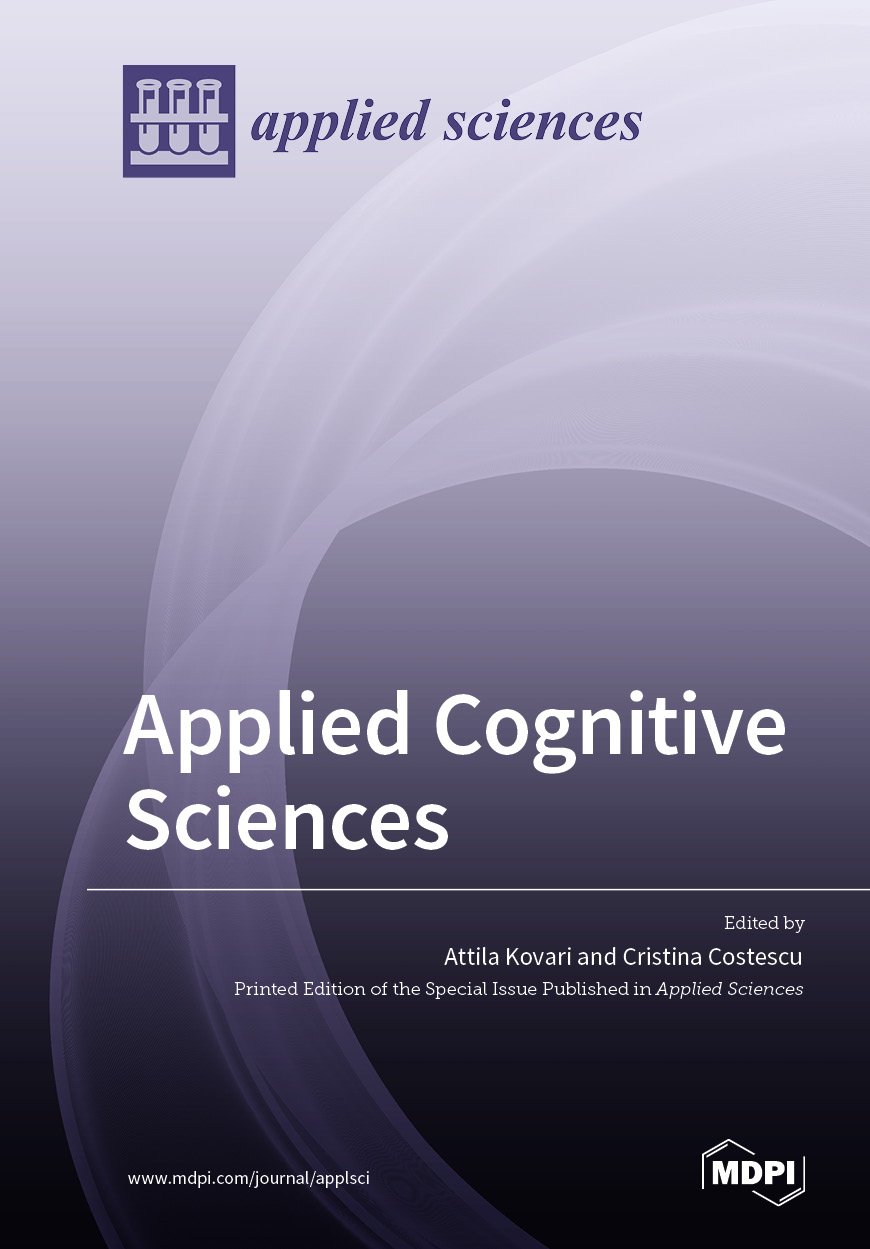Mitigation of Non-Steroidal Anti-Inflammatory and Antiretroviral Drugs as Environmental Pollutants by Adsorption Using Nanomaterials as Viable Solution—A Critical Review
IF 2.5
4区 综合性期刊
Q2 CHEMISTRY, MULTIDISCIPLINARY
引用次数: 1
Abstract
Traces of pharmaceuticals of various classes have been reported as emerging pollutants, and they continue to be detected in aquatic environments. The steady growth of pharmaceuticals in water, as well as the related negative consequences, has made it a major priority to discover effective ways for their removal from water. Various strategies have been used in the past in order to address this issue. Recently, nanotechnology has emerged as a topic of intense interest for this purpose, and different technologies for removing pharmaceuticals from water have been devised and implemented, such as photolysis, nanofiltration, reverse osmosis, and oxidation. Nanotechnological approaches including adsorption and degradation have been comprehensively examined in this paper, along with the applications and limits, in which various types of nanoparticles, nanocomposites, and nanomembranes have played important roles in removing these pharmaceutical pollutants. However, this review focuses on the most often used method, adsorption, as it is regarded as the superior approach due to its low cost, efficiency, and ease of application. Adsorption kinetic models are explained to evaluate the effectiveness of nano-adsorbents in evaluating mass transfer processes in terms of how much can be adsorbed by each method. Several robust metals, metal oxides, and functionalized magnetic nanoparticles have been highlighted, classified, and compared for the removal of pharmaceuticals, such as non-steroidal, anti-inflammatory and antiretroviral drugs, from water. Additionally, current research difficulties and prospects have been highlighted.利用纳米材料作为可行的解决方案,通过吸附减少非甾体抗炎药和抗逆转录病毒药物作为环境污染物——一个重要的综述
各种药物的痕迹已被报道为新出现的污染物,它们继续在水生环境中被检测到。药物在水中的稳定增长,以及相关的负面后果,使得发现从水中去除药物的有效方法成为一个主要的优先事项。为了解决这个问题,过去使用了各种策略。最近,纳米技术已经成为这一目的的一个热门话题,并且已经设计和实施了从水中去除药物的不同技术,如光解、纳滤、反渗透和氧化。本文对包括吸附和降解在内的纳米技术方法及其应用和局限性进行了全面的研究,其中各种类型的纳米颗粒、纳米复合材料和纳米膜在去除这些药物污染物方面发挥了重要作用。然而,本文主要介绍了最常用的吸附法,因为它具有成本低、效率高、易于应用等优点。本文解释了吸附动力学模型,以评估纳米吸附剂在评估传质过程中的有效性,即每种方法可以吸附多少。几种强大的金属、金属氧化物和功能化磁性纳米颗粒已经被强调、分类和比较,用于从水中去除药物,如非甾体、抗炎和抗逆转录病毒药物。并指出了当前研究的难点和前景。
本文章由计算机程序翻译,如有差异,请以英文原文为准。
求助全文
约1分钟内获得全文
求助全文
来源期刊

Applied Sciences-Basel
CHEMISTRY, MULTIDISCIPLINARYMATERIALS SCIE-MATERIALS SCIENCE, MULTIDISCIPLINARY
CiteScore
5.30
自引率
11.10%
发文量
10882
期刊介绍:
Applied Sciences (ISSN 2076-3417) provides an advanced forum on all aspects of applied natural sciences. It publishes reviews, research papers and communications. Our aim is to encourage scientists to publish their experimental and theoretical results in as much detail as possible. There is no restriction on the length of the papers. The full experimental details must be provided so that the results can be reproduced. Electronic files and software regarding the full details of the calculation or experimental procedure, if unable to be published in a normal way, can be deposited as supplementary electronic material.
 求助内容:
求助内容: 应助结果提醒方式:
应助结果提醒方式:


